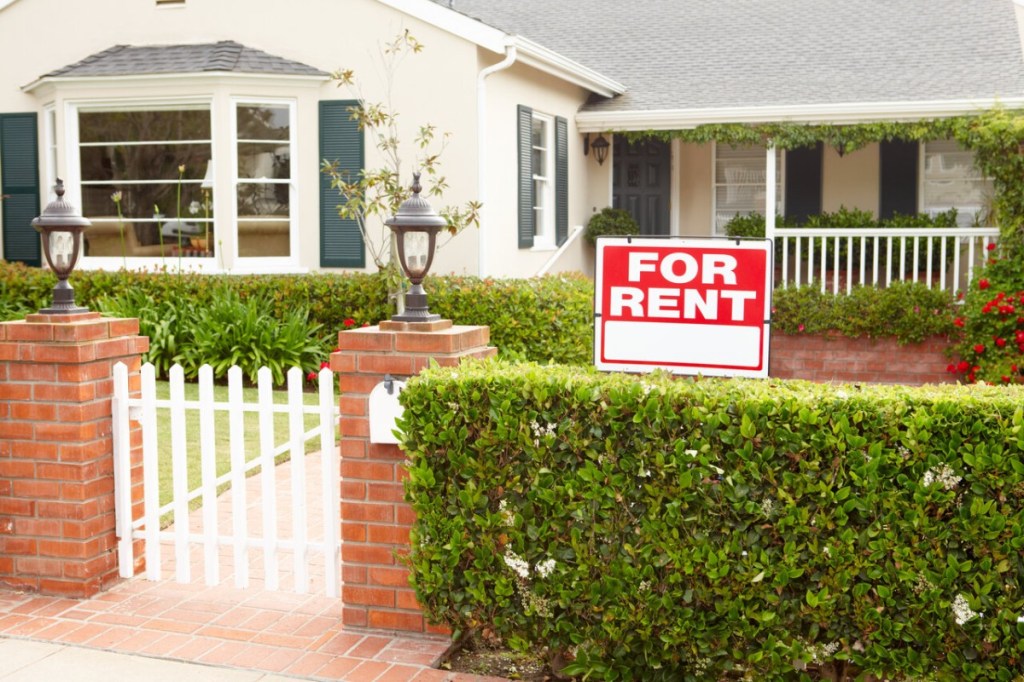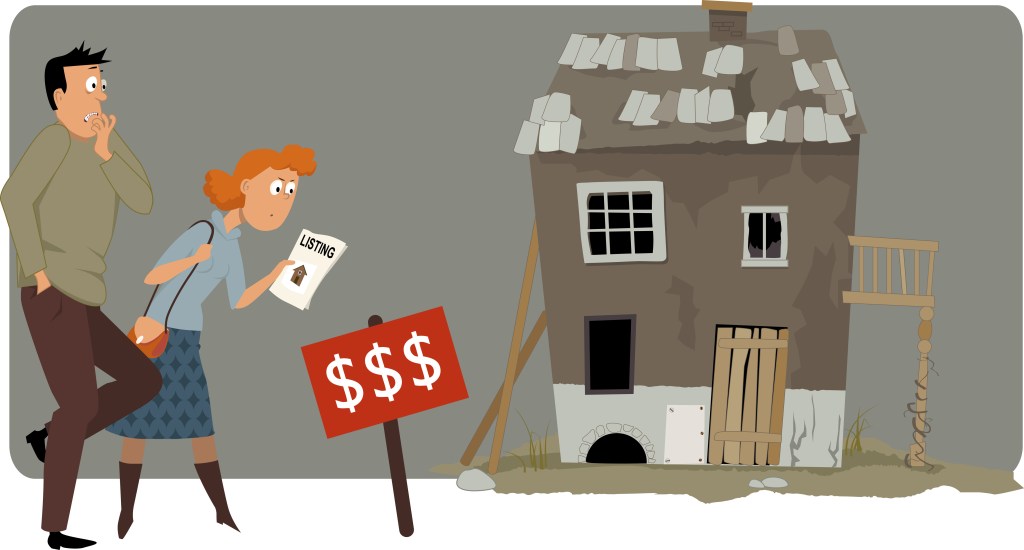Rental Readiness
Steps to Prepare
With high demand for rental properties, standing out from the crowd is essential if you want to be a successful property owner or manager. Learning how to prepare a property for rental is one of the easiest to master, and is also a key still for those considering a career in the property management industry. […]


